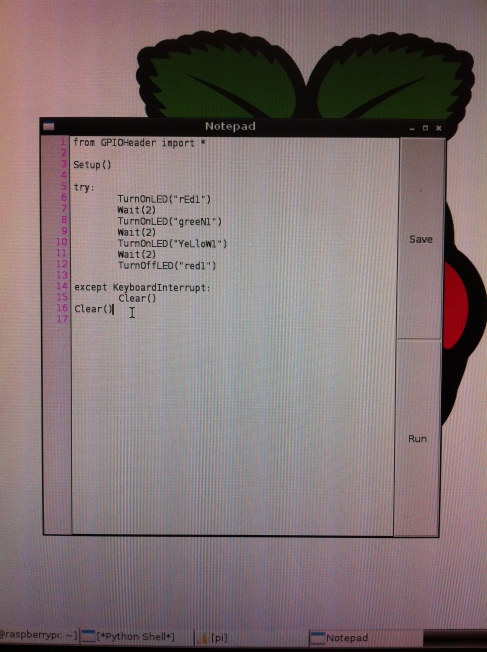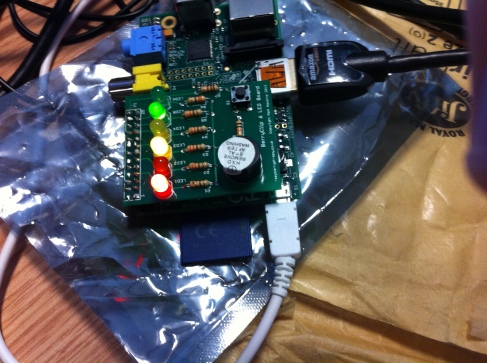I visited the school which I am working with yesterday afternoon and it has opened my eyes to many new problems which I had not considered before today.
There are so many ethical complications that I have found that will affect the product that I am going to develop. These problems mainly seem to come from the fact that it is an inner city school, as opposed to the quiet village school where I grew up. The school has a wide variety of children who come in from different countries for varying lengths of time. A lot of these children do not speak English as a first language, and sometimes not at all, and they all have different competency at using computers depending on their upbringing or the country that they have come from.
These ethical points bring up several complications which will have to be addressed in the creation of my product. These include:
- Language barriers. I will have to consider alternative methods rather than a pure text based approach. Pictures and perhaps sounds that are associated with important words should be used throughout the product to help children with lesser understanding of English to use it effectively.
- Religion. According to the Head Teacher, there is at least 1 child from every major religion in the world who attends the school. I will have to take this into consideration and make sure that none of the material in the game is offensive to any of the children’s beliefs.
- Level of education. I found when I was there that classrooms were full of children the same age, however they were all learning at different levels. This being mainly because they have all had different upbringings and come from different countries which may be more or less educationally stable than the UK. This means that I should not focus my product on a specific age group like I originally intended to do, and instead should either focus on all levels of ability, or a specific level of ability.
Whilst there I had also talked to the technician of the school. He advised me to be cautious with the introduction of new technology which is unfamiliar to the staff of the school. Staff generally shy away from technology they do not completely understand, and would end up not using it to its full potential in their teaching. If I am going to use something like the Raspberry Pi, then I would have to take the teachers into consideration more than I originally intended to, and provide training and support for it, as well as the product itself, if I want it to be taken seriously.
A lot of the children were using computers and devices individually around the school. There were all doing different things, and were pretty much completely immersed in what they were doing. I was told by several people that the children love technology, particularly the boys, and are immersed in everything as long as it has the gimmick of using a computer. I was advised to focus on ease of use over making it as pretty and graphical as possible, and the children should just dive in and enjoy what they are doing as long as there is plenty to do and they get reward for doing it. One particular girl that I was watching was playing a game where she got diamond-like things for completing a game, and got more or less depending on how well she did. She was really enjoying herself when she got a lot of them, and did not seem too displeased when she only got a few. I have no idea what these diamond things did however they looked to be some sort of currency or score.
The school does not have any form of dedicated ICT suite. Not one that I was imagining with enough computers for an entire class to sit in and all work at the same time. They have a classroom with a few computers, a suite of laptops and an iBoard, which is basically a massive touch screen monitor at the front of the class. This is still great, as it allows a lot of the children to use computers and it gives them interactivity with the iBoard, however it is not what I imagined, where the children all sit down and partake in a dedicated ICT lesson at specific times. I was planning on dedicated lessons in the design of my product, however I will now have to take this into consideration.
The Raspberry Pi looks as though it may be a bad platform to aim this product for. The school does not really have any spare monitors that they could just set up to use the Pi with, and it could end up being an expensive solution just to incorporate the Pi instead of just developing it for the PC, which they have many of.
I have considered looking into Lego Mindstorm at the advice of their IT technician. They already have this technology available to them, and it would allow me to find real world application to the programs that children create, assuming of course that it is easy enough to set up a program which interacts with the Lego. This would allow possibly for use of the program across many skills and ages as well. The older, more capable pupils could build and program the robots, and the younger, reception pupils could then use the robots, and tell them what to do with the older pupils work.
One possible solution that was In the back of my mind was a virtual, online environment for the children to use, which would also allow for them to access it at home over the internet. However after seeing the school’s results of how many of the pupils have access to the internet at home, I believe that this is probably not going to be a solution which would be worth doing as it could not be utilized to its full potential. I will put the details of their results into my report.
I currently have the portfolio for the ICT curriculum, and I am looking through it to find skills that the children develop which could be used in the application of programming. There seems to be 8 core skills to the ICT curriculum, and several of them such as Control, and Data Manipulation have certain skills used in programming, but used in different ways, such as operators for searching databases, and skills in refining searches to get information that is the most relevant to what they are looking for. I should be able to go into this in more detail once I have fully reviewed the file.

